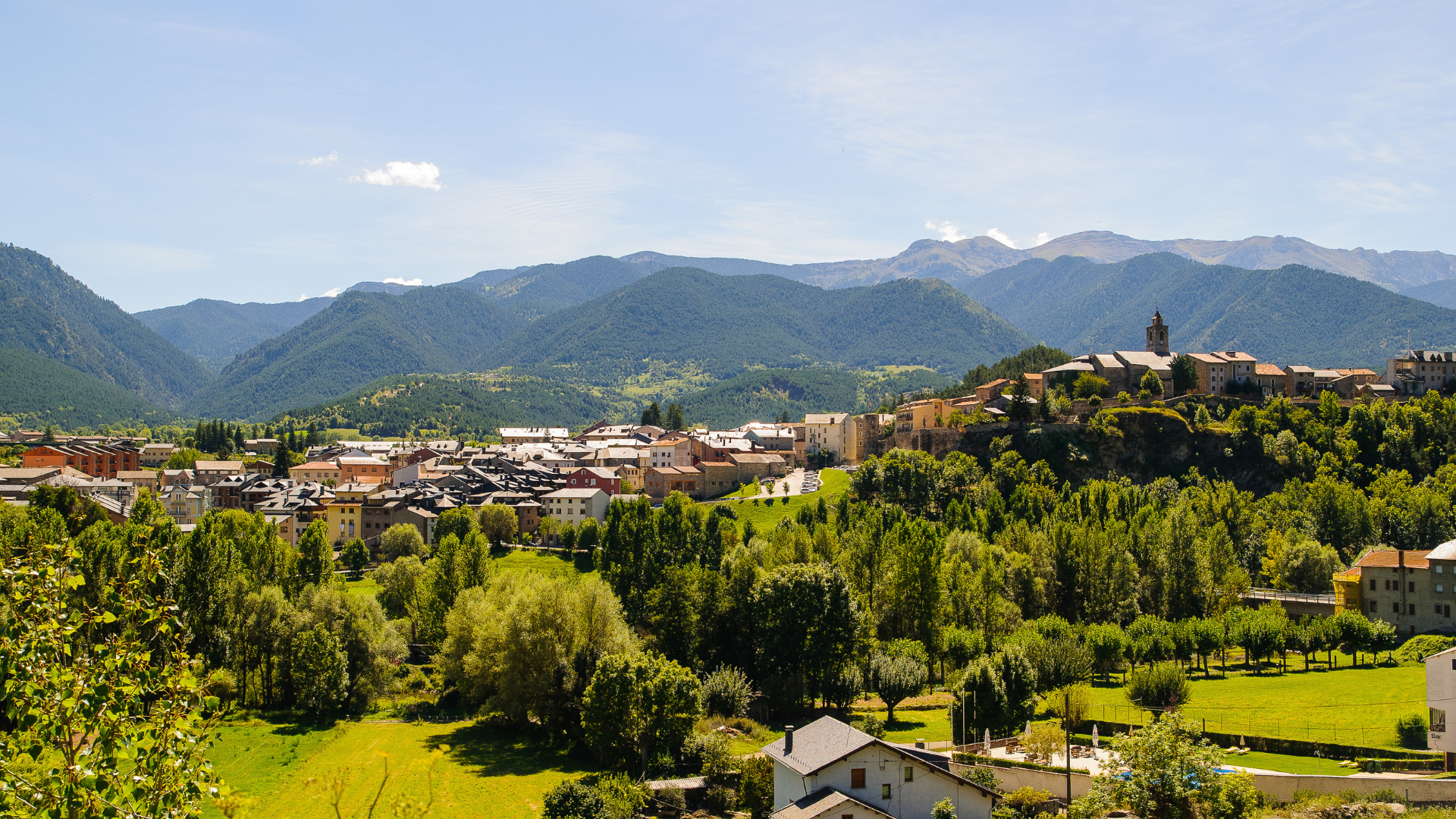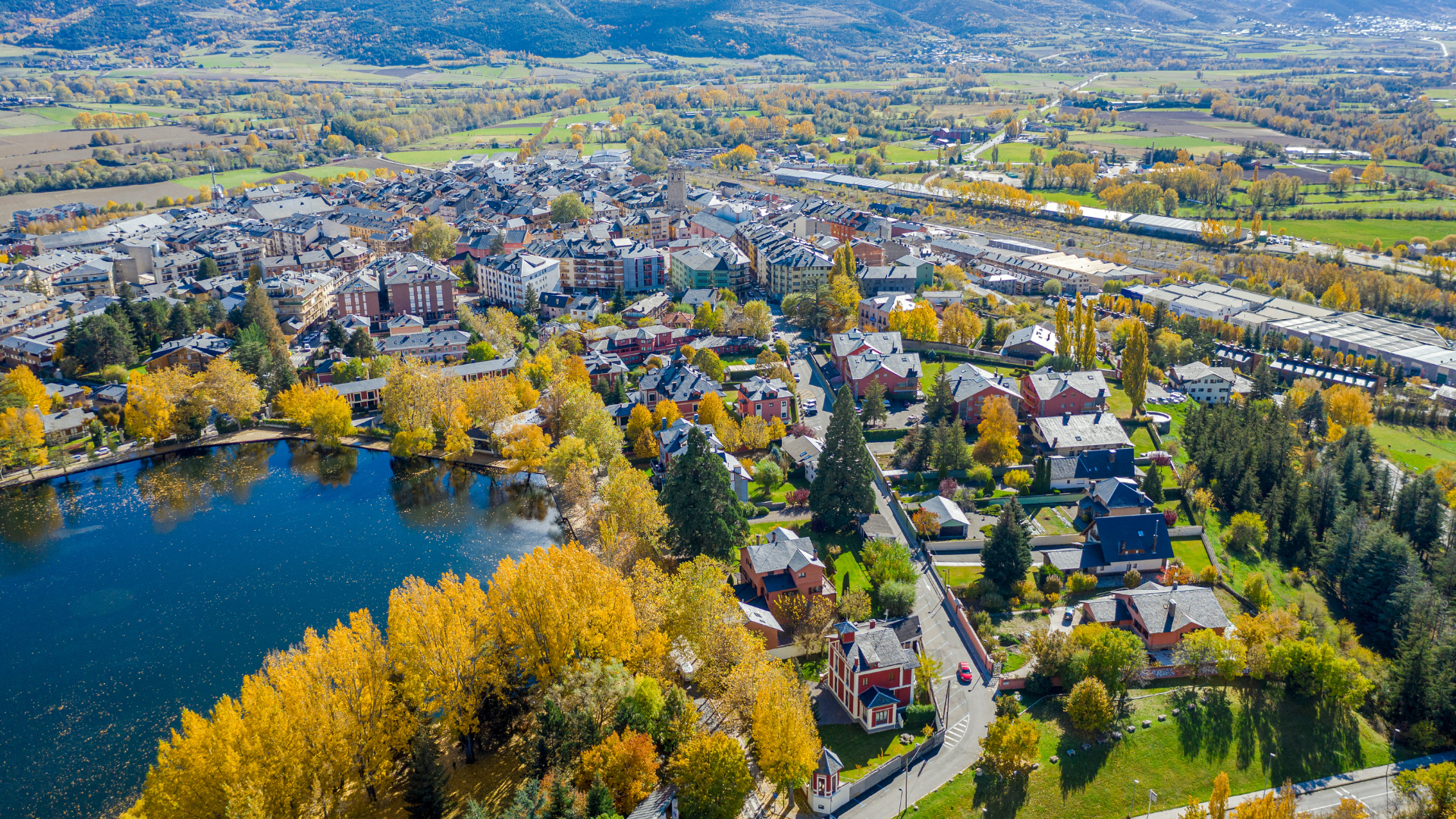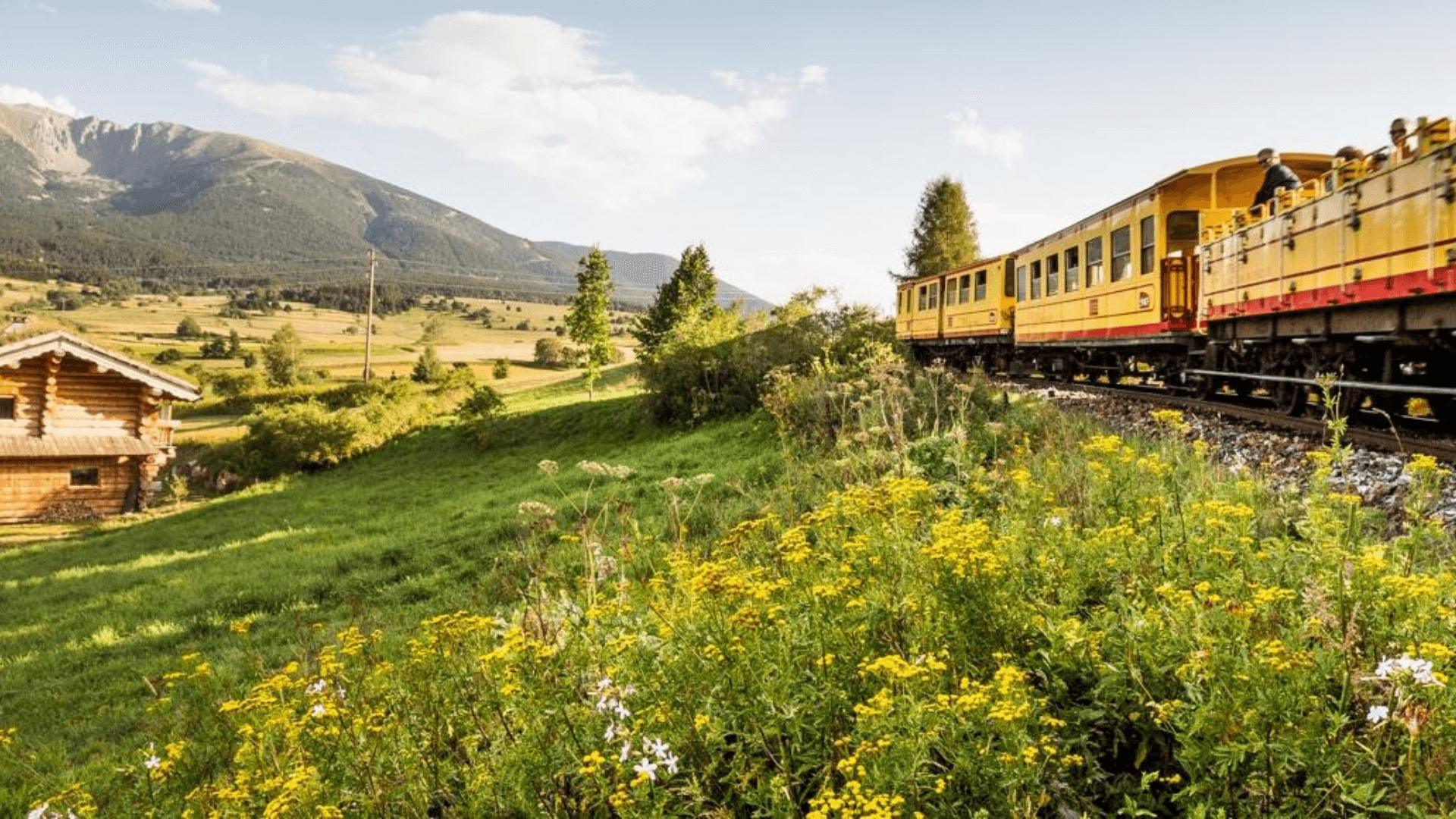Nine things to love about Cerdanya
In the heart of the Pyrenees, straddling the border between Spain and France, is an idyllic landscape where nature, architecture and culture work their magic to revive your spirits and reawaken you to the beauty of the world. Welcome to Cerdanya. It’s a place to hike, ski, explore picturesque mountain villages, discover surprising architectural gems, indulge in some traditional cuisine or even take on a section of the Camino de Santiago.

This breathtaking region was split in two by the Treaty of the Pyrenees, signed between France and Spain in 1659. Since then, Upper Cerdanya has belonged to France and Lower Cerdanya, marrying the provinces of Girona and Lleida, to Spain. No matter where you travel in this enchanting region, or at what time of year, it never fails to cast its spell. Already packing your bags? Here are our top picks for what to do when you get there:
#1 Visit Llívia.
Thanks to a succession of treaties stretching back through history, this charming Catalan town is actually in France. It boasts the only Roman forum anywhere in the Pyrenees and the oldest pharmacy in Europe — established in the 15th century, it’s now a museum. The town’s rich heritage also includes the remains of a castle, Torre de Bernat de So, a pretty historical centre and a church offering a glimpse into its Medieval past.
#2 Take a tour of Puigcerdà, the region’s capital.
Stroll through Plaza de Santa María de Puigcerdà, climb to the lofty heights of the church bell tower then check out the town’s famous artificial lake, Schierbeck Park and Museu Cerdà. Next, discover the Ruta Zafón, inspired by Carlos Ruíz Zafón’s novel, The Angel’s Game. The trail follows the route taken by the novel’s central character, David Martín, and is punctuated by ten polished granite columns bearing metal plaques with quotations from the book.

#3 Follow the Romanesque Path.
Cerdanya is home to several exquisite Romanesque churches, including Santa María de Mosoll (Das), San Sadurní de Meranges, Santa María de Músser (Lles), Santa Maria de Talló and Sant Julià de Pedra (Bellver de Cerdanya). Sant Domènec de Puigcerdà, a former convent, is also worth a visit.
#4 Climb La Tosa, 2,536 metres above sea level, and enjoy stunning panoramic views over all of Cerdanya.
Experienced hikers can take the footpath from Coma Oriola, in the ski resort of Masella, but there is also a cable car running between Carí and Moixero that can be boarded in La Molina, another haven for winter sports.
#5 Ski at Masella or La Molina.
Masella, with 65 pistes covering 74 km, is one of the top ski resorts in the Pyrenees. Thrill-seekers can even have a go at night skiing. La Molina, just outside the town of Alp, offers 68 pistes over 71 km and is a favourite with alpine skiers.
#6 Complete a section of the Camino de Santiago.
Starting in Llívia, this popular route takes in the towns of Ur, Puigcerdà, Guils de Cerdanya, Bolvir, Ger, Isòvol and Bellver de Cerdanya. It’s a 20 km hike with an ascent of just 240 m, traversing the region from east to west.
#7 Sample some local delicacies.
Treat your tastebuds to trinchado, pears from Puigcerdà and turnips from Talltendre de Alp. And don’t leave without trying the traditional mountain cuisine served in Prullans and Montellà i Martinet.
#8 Journey through the landscape on foot, bicycle or even horseback.
There’s no shortage of choices: take the Ruta de los Segadores in Cadí-Moixeró Park, enjoy an excursion to the fountains of Basses de Pallaret and the Bolvir Valley, scale Coll de Pal or Tosa d’Alp, or choose your own adventure between the Camino de Sant Marc or the Camino de los Enamorats, both starting in Puigcerdà.
#9 Ride the iconic Yellow Train in French Cerdanya.
Venture aboard an open-air carriage for a trip on this narrow-gauge railway, hugging the vertiginous slopes between Villefranche de Conflent and La Tour de Carol, and you’ll be rewarded with jaw-dropping views of the Pyrennees. Explore Les Angles Wildlife Reserve, home to populations of semi-wild native fauna including deer, wild boar, mouflons, mountain goats, brown bears, wolves and marmots, or keep on climbing to reach the spectacular underground world of Grotte des Canalettes.
